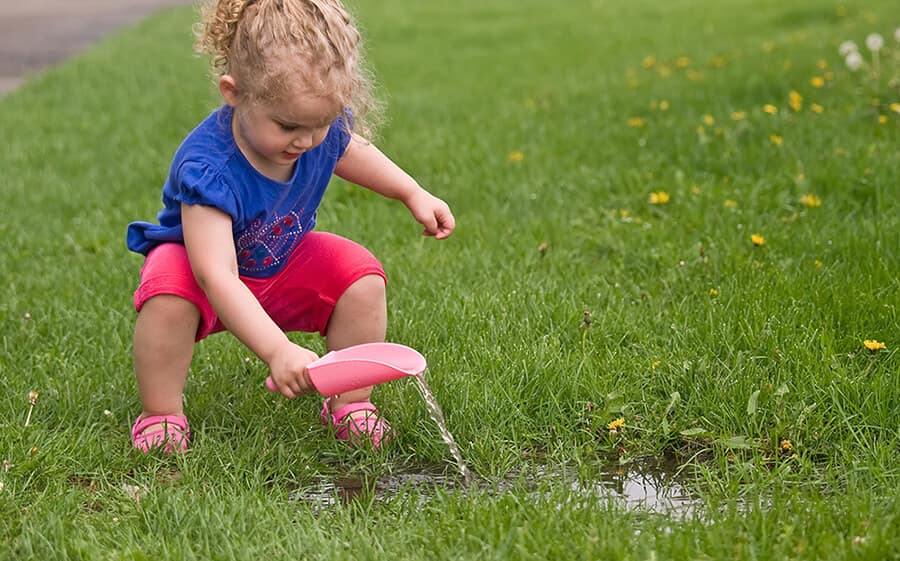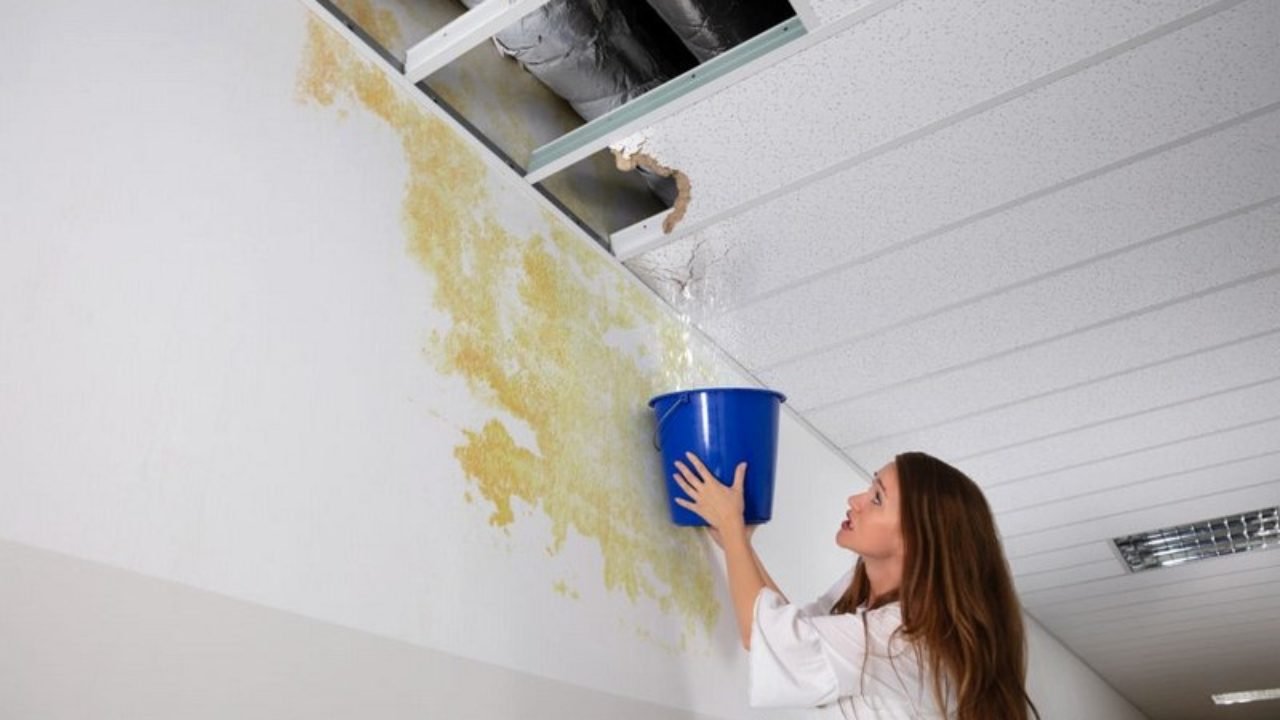Get to Know Half a Dozen Principal Causes Behind Water Leaks at Home
Get to Know Half a Dozen Principal Causes Behind Water Leaks at Home
Blog Article
How do you feel when it comes to How to Find Water Leaks?

Leakages not just cause waste of water but can additionally trigger unnecessary damages to your house and also advertise undesirable natural growth. By understanding as well as looking for everyday situations that create leaks, you can safeguard your residence from future leakages and unnecessary damage.
Intruding origins
A lot of water leaks start outside the house rather than inside it. If you see an abrupt decline in water stress, state in your faucet, take some time to go out and analyze your lawn. You might see damp patches or sinkholes in your lawn, and that could imply that tree origins are getting into water lines creating water to leak out. You can have your plumber look for invasion, specifically if you have trees or shrubs near your residential or commercial property.
Rusty water supply
As time goes by, your plumbing system ages as well as rust such as rust may begin eating away the pipes. This might be the source of discoloration or bending on your water pipes. This requires an examination with your plumber instantly. If our plumbing system is old, consider changing the pipelines given that they go to a greater threat of deterioration than the more recent models.
Faulty Pipe Joints
The factor at which your pipes attach is often the weakest web link in the waterline. Pipeline joints can wear away gradually, resulting in water leaks. Regrettably, the majority of pipeline joints are not easily visible. If you have noisy pipes that make ticking or banging sounds, specifically when the warm water is activated, your pipeline joints are probably under a great deal of pressure. It is a good idea to have your plumber evaluate your system yearly.
Instant temperature modifications.
Extreme temperature level adjustments in our pipes can create them to expand and acquire unexpectedly. This development as well as contraction might trigger cracks in the pipes, especially if the temperature level are below freezing. It would certainly be best if you kept an eye on exactly how your plumbing functions. The visibility of the previously pointed out scenarios frequently shows a high risk.
Poor Water Connectors
At times, a leak can be caused by loosened pipes and pipelines that supply your devices. In situation of a water connections leakage, you may observe water running directly from the supply line or pools around your appliances.
Obstructed Drains
Clogged drains could be annoying and also inconveniencing, but they can occasionally end up triggering an overflow bring about rupture pipelines. Keep getting rid of any kind of products that may go down your drains pipes that might clog them to stay clear of such aggravations.
All the above are sources of leakages however not all water leaks arise from plumbing leaks; some leakages might come from roof covering leaks. All leakages must be repaired promptly to prevent water damages.
Leakages not just create waste of water however can additionally cause unnecessary damages to your residence and also advertise undesirable organic growth. By looking as well as understanding for day-to-day circumstances that trigger leaks, you can protect your residence from future leaks and unneeded damage. Today, we will certainly look at six leak creates that may be causing your pipes to trickle.
At times, a leak can be created by loose tubes and pipelines that supply your devices. In case of a water links leak, you might discover water running directly from the supply line or pools around your appliances.
How To Check For Water Leak In Your Home
How To Check for Leaks
The average household's leaks can account for nearly 10,000 gallons of water wasted every year and ten percent of homes have leaks that waste 90 gallons or more per day. Common types of leaks found in the home are worn toilet flappers, dripping faucets, and other leaking valves. These types of leaks are often easy to fix, requiring only a few tools and hardware that can pay for themselves in water savings. Fixing easily corrected household water leaks can save homeowners about 10 percent on their water bills.
To check for leaks in your home, you first need to determine whether you're wasting water and then identify the source of the leak. Here are some tips for finding leaks:
Take a look at your water usage during a colder month, such as January or February. If a family of four exceeds 12,000 gallons per month, there are serious leaks.
Check your water meter before and after a two-hour period when no water is being used. If the meter changes at all, you probably have a leak.
Identify toilet leaks by placing a drop of food coloring in the toilet tank. If any color shows up in the bowl after 10 minutes, you have a leak. (Be sure to flush immediately after the experiment to avoid staining the tank.)
Examine faucet gaskets and pipe fittings for any water on the outside of the pipe to check for surface leaks.
Undetected water leaks can happen without the home or business owner even realizing. If you suspect a water leak, but not able to find the source. It is time to contact a professional water leak detection service, The Leak Doctor.
How To Find a Water Leak In Your Home
https://www.leakdoctor.com/blog/How-To-Check-For-Water-Leak-In-Your-Home_AE197.html

I was introduced to that report on Most Common Causes of Leaky Pipes from an acquaintance on our other web blog. Appreciated our blog? Please share it. Help others locate it. Many thanks for your time. Come back soon.
Best decision? Call us. Report this page